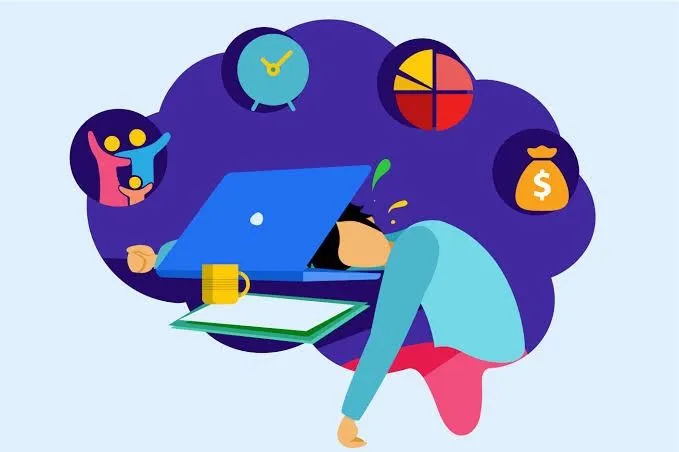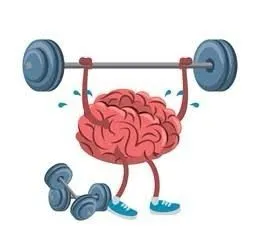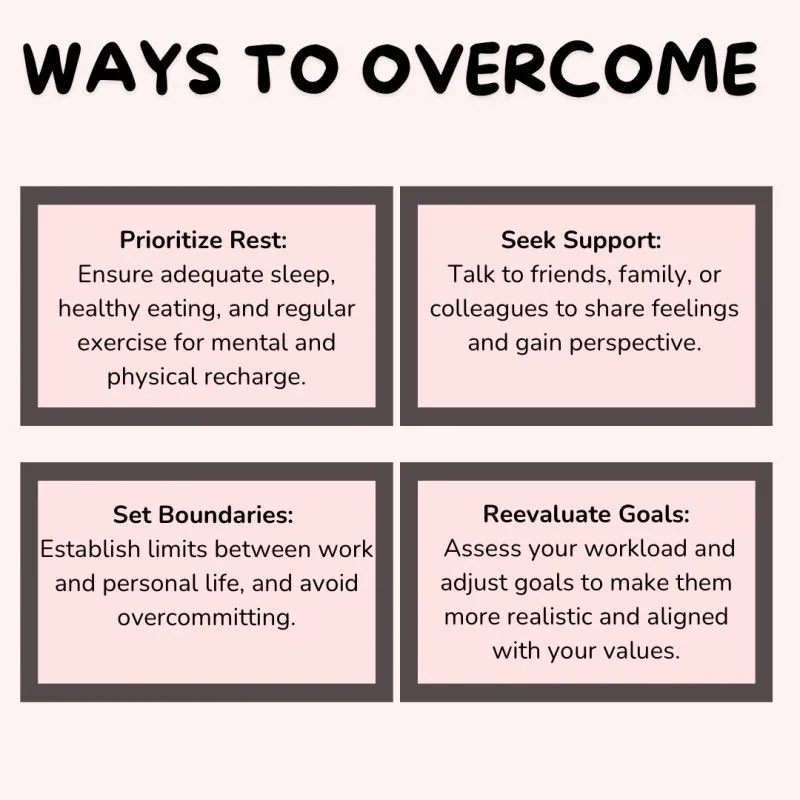Research reveals 56% of remote workers go entire weeks without leaving home, and 25% don't speak to anyone for days. Discover the hidden mental health impacts of working from home and practical solutions including the healing power of connection.
The Promise vs. Reality of Remote Work
Working from home promised freedom, flexibility, and better work-life balance. For millions of professionals, it delivered on those promises—but at a cost no one saw coming. Recent research shows that 56% of remote workers go entire weeks without leaving their homes, and one in four do not speak to anyone for days.
While we've mastered video calls and digital collaboration, we've quietly lost something essential: genuine human connection and the healing power of being truly heard. The result? A silent shift in how we process stress, handle challenges, and maintain emotional wellbeing.
When Your Body Speaks What Your Mind Won't Say
Many remote workers dismiss physical symptoms without realizing they're manifestations of deeper emotional distress. That persistent neck pain isn't just about poor ergonomics—research from The American Institute of Stress shows that increased levels of work stress have been associated with increased rates of heart attack, hypertension, and other health issues.
Chronic headaches and eye strain often worsen when we're emotionally overwhelmed. The constant screen time becomes more taxing when we're processing stress alone, without the natural emotional outlets that office environments provide. Fatigue that sleep doesn't cure is frequently a sign of emotional exhaustion rather than physical tiredness.
As we explore in our article on
how stress creates physical pain, addressing the emotional root often provides more relief than focusing solely on physical symptoms.
The Isolation Epidemic: When Connection Becomes Optional
Pre-pandemic, social interaction was built into our workday. Coffee conversations, hallway check-ins, and lunch breaks provided natural opportunities to process stress, share concerns, and feel heard. Remote work has made these connections optional—and many of us are choosing isolation.
The research reveals the stark reality: 56% of remote workers go entire weeks without leaving their homes, and one in four do not speak to anyone for days. This isn't just about missing office parties—it's about losing access to informal emotional support systems that help us navigate daily challenges.
Digital communication lacks emotional nuance. A Slack message can't capture tone, video calls miss subtle body language, and email eliminates the healing power of feeling truly understood. As we discuss in
the power of empathetic listening, genuine human connection requires presence that technology struggles to replicate.
Mental Health Red Flags You Might Be Ignoring
Remote work mental health challenges often develop gradually, making them easy to dismiss as temporary adjustments. Warning signs include emotional numbness, increased irritability over small disruptions, decision fatigue with simple choices, social withdrawal from virtual interactions, and sleep disruption from racing work thoughts.
The isolation can be profound—with 56% of remote workers going entire weeks without leaving home and 25% not speaking to anyone for days, it's no wonder that many struggle with maintaining emotional balance. When your home becomes your office, psychological boundaries dissolve, creating chronic low-level stress that compounds over time.
Many remote workers report feeling like they need to 'prove' their productivity, leading to longer hours and fewer breaks. This performance anxiety, combined with isolation, creates a perfect storm for mental health challenges. Understanding
why it's hard to say you're not okay becomes even more important when working remotely.
Why Traditional Self-Care Isn't Enough
Standard remote work advice focuses on productivity and physical health: better ergonomics, regular breaks, exercise routines. While important, these solutions miss the core issue—humans are social beings who heal through connection and being heard.
Meditation apps and wellness programs can't replace the fundamental human need for emotional processing through conversation. When you're stressed, your brain literally calms down when you verbalize concerns to an attentive listener. The areas responsible for fear and anxiety become less active, while regions that help you think clearly become more engaged.
This is why people often say 'I feel so much clearer after talking it through.' It's not just emotional relief—it's neurological healing that solo wellness practices cannot replicate.
Building Connection in a Remote World
Creating meaningful connections while working from home requires intentional effort. Schedule regular check-ins with colleagues that go beyond work topics. Join virtual coworking sessions or online communities where you can share experiences with other remote workers facing similar challenges.
Consider professional emotional support when personal networks feel insufficient. Sometimes you need to process work stress with someone completely neutral who won't judge or try to fix anything. At LissnUp, we see remote workers benefit greatly from having a dedicated space to verbalize their concerns without worrying about professional relationships or family dynamics.
Practice emotional vulnerability in small doses. Share something slightly challenging with a trusted person each week—a worry about a project, disappointment with feedback, or anxiety about deadlines. This builds your comfort with reaching out during truly difficult times.
Practical Daily Strategies for Remote Mental Wellness
Start with a simple daily emotional check-in: spend three minutes honestly assessing how you're feeling. Not just 'fine' or 'busy,' but what emotions you're actually carrying. Are you anxious about a deadline? Frustrated with technology? Lonely from lack of interaction?
Create physical boundaries between work and personal space, even in small homes. Use lighting, scents, or music to signal work mode versus relaxation time. Establish a shutdown ritual—close your laptop, change clothes, take a short walk—to help your brain transition out of work mode.
Most importantly, schedule regular connection time. This might be virtual coffee with a colleague, phone calls with friends during lunch breaks, or professional emotional support sessions. Treat these appointments as seriously as work meetings—your mental health depends on them.
When to Seek Professional Support
Consider professional emotional support if you're experiencing persistent anxiety about work performance, difficulty concentrating despite good physical health, increased conflict in personal relationships due to work stress, or feelings of isolation that exercise and hobbies don't relieve.
Professional listeners—whether therapists, counselors, or trained emotional support services—offer specialized skills for processing complex work-related emotions. They're not replacing personal relationships but serving a different purpose: providing neutral space to work through feelings before sharing them with people closer to you.
Remember, seeking support isn't admitting failure—it's recognizing that remote work fundamentally changed how we process stress and taking proactive steps to maintain your mental health in this new environment.





